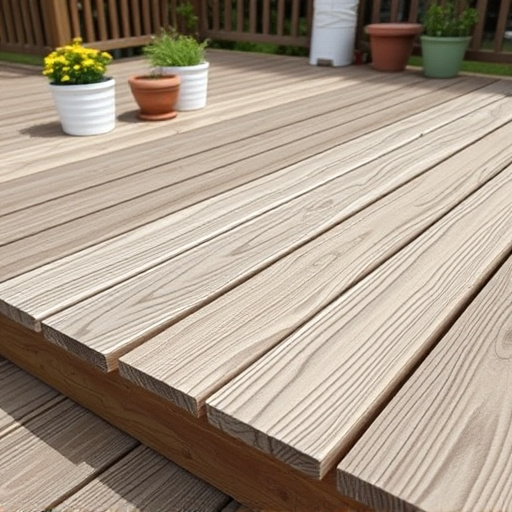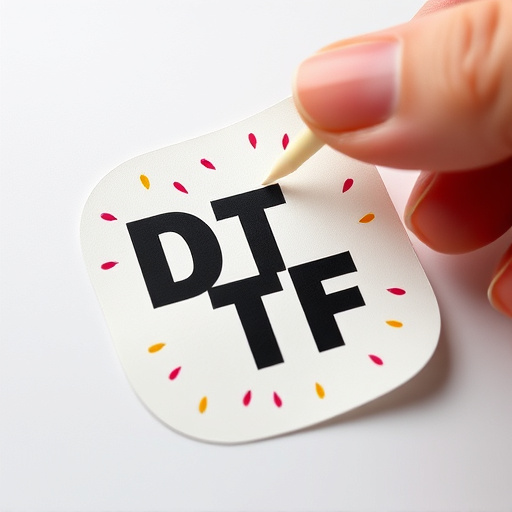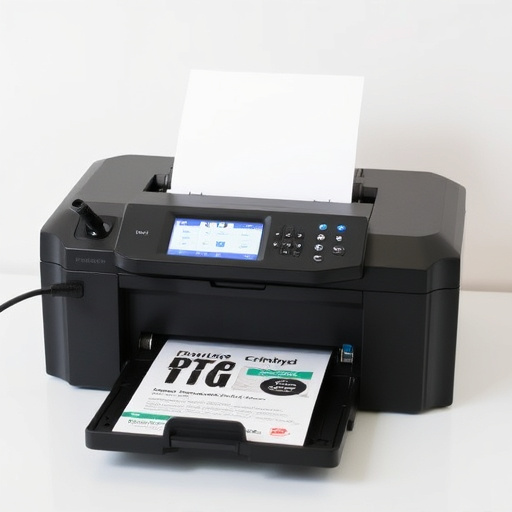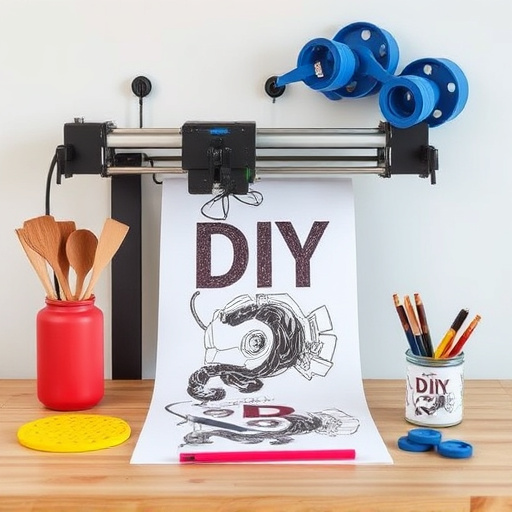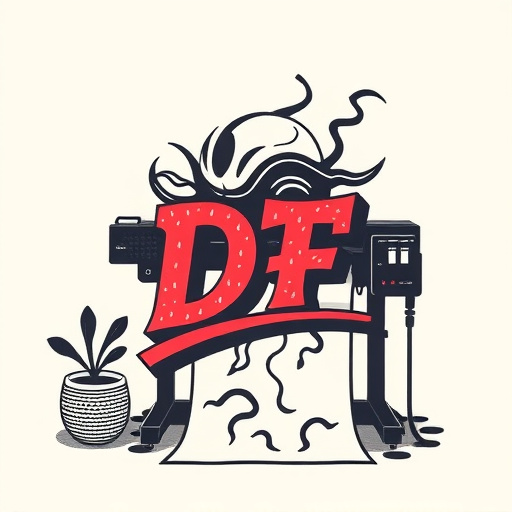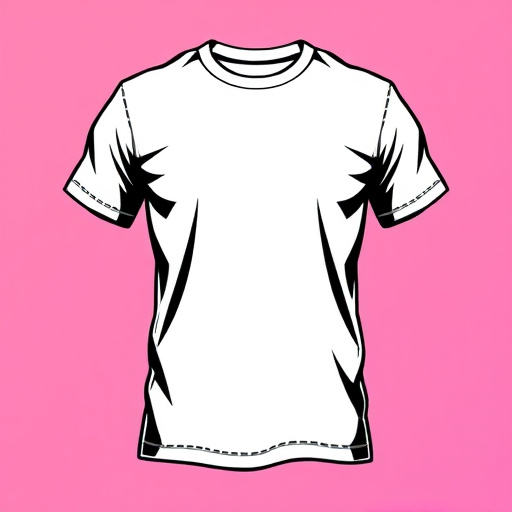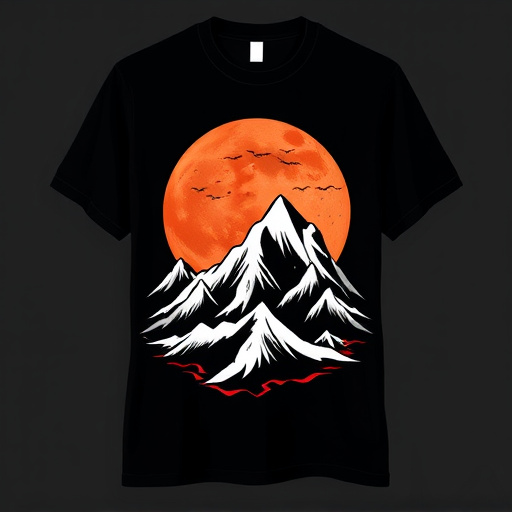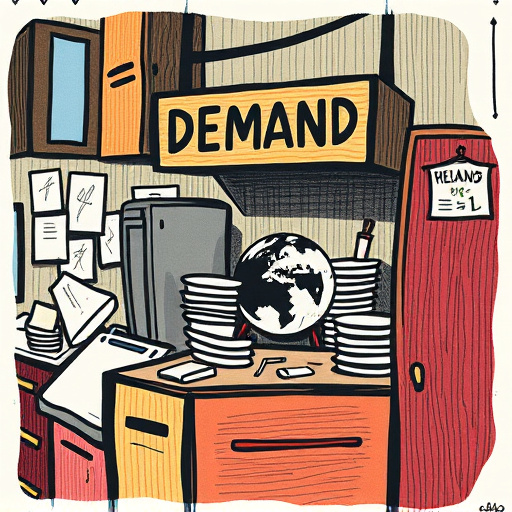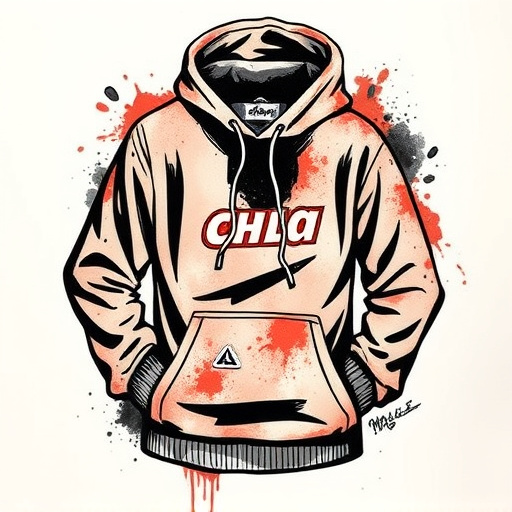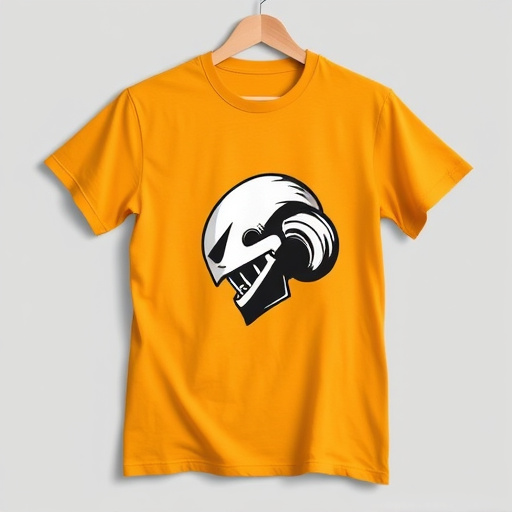Bed,
In today’s dynamic business landscape, understanding Direct Transfer (DTF) benefits is crucial for both companies and their employees. This article delves into the key elements that make successful DTF transfers beneficial, exploring the fundamentals, advantages, and strategies to optimize outcomes. By harnessing DTF transfer benefits, organizations can revolutionize employee mobility, fostering a vibrant tapestry of talent and enhancing operational efficiency.
- Understanding DTF Transfer Basics
- Key Benefits for Businesses and Employees
- Strategies to Maximize DTF Transfer Success
Understanding DTF Transfer Basics
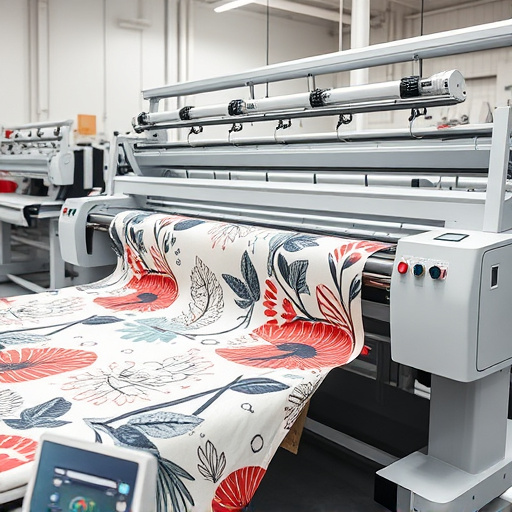
The Direct to Fabric (DTF) transfer process is a cutting-edge technology that allows for precise and efficient application of designs directly onto fabric surfaces. This method has revolutionized custom printing, particularly for t-shirts and other garments. By using specialized DTF transfer sheets, businesses can achieve high-quality, vibrant prints with minimal setup time.
Understanding the fundamentals of DTF transfers involves grasping how this technology differs from traditional printing methods. Unlike direct printing on fabric, DTF utilizes a transfer sheet that acts as an intermediary. Designs are first printed onto this sheet using specific ink and then carefully transferred to the desired fabric surface. This approach offers numerous benefits, including cost-effectiveness, faster turnaround times, and the ability to print on a variety of fabrics without the need for specialized equipment.
Key Benefits for Businesses and Employees
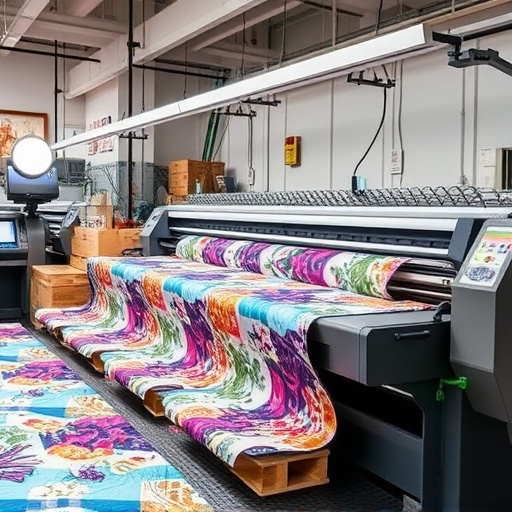
For businesses, embracing Direct-to-Garment (DTF) printing technologies offers a host of advantages. One of the key DTF transfer benefits is its ability to streamline production processes significantly. With DTF, orders can be fulfilled faster, enabling businesses to meet market demands promptly and potentially increasing their customer base. This technology allows for on-demand printing, eliminating the need for large inventory investments, which can be a financial burden. Additionally, DTF printers, such as top-tier models from brands like Best DTF Printer, provide high-quality results, ensuring that businesses maintain a consistent and professional image.
Employees also stand to gain from this innovative transfer method. It offers greater job satisfaction by providing creative freedom and the chance to work on diverse projects. For graphic designers and artists, DTF printing can be an exciting outlet for their talents, allowing them to produce unique, personalized garments. Moreover, with the right DTF transfer sheets and DTF heat transfer paper, employees can effortlessly create intricate designs, ensuring a more satisfying and engaging work experience.
Strategies to Maximize DTF Transfer Success
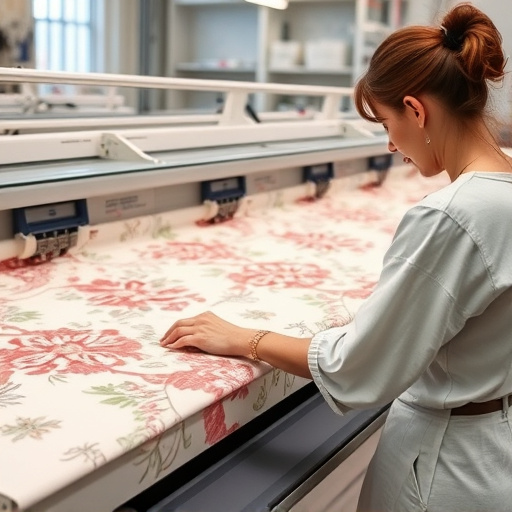
Maximizing the success of a DTF (Direct to Fabric) transfer process involves several strategic considerations. Firstly, ensuring the right equipment is vital; high-quality printers and materials specifically designed for DTF printing for dark fabrics will yield better results. Using suitable inks, like those optimized for DTG on hoodies, is crucial for vibrant, long-lasting colors.
Another key strategy is to prepare the design file correctly. Precision in cutting out the design and ensuring it fits seamlessly onto the garment, whether for a T-shirt or any other fabric, makes a significant difference. Additionally, considering the type of fabric and its absorbency can enhance the final product, allowing inks to bond better. Pre-testing on scrap materials is recommended to tweak settings and achieve the best DTF transfer benefits.
Structure First, In Structure Structure & Method Prior Only Bedang, Restable, Structure *


